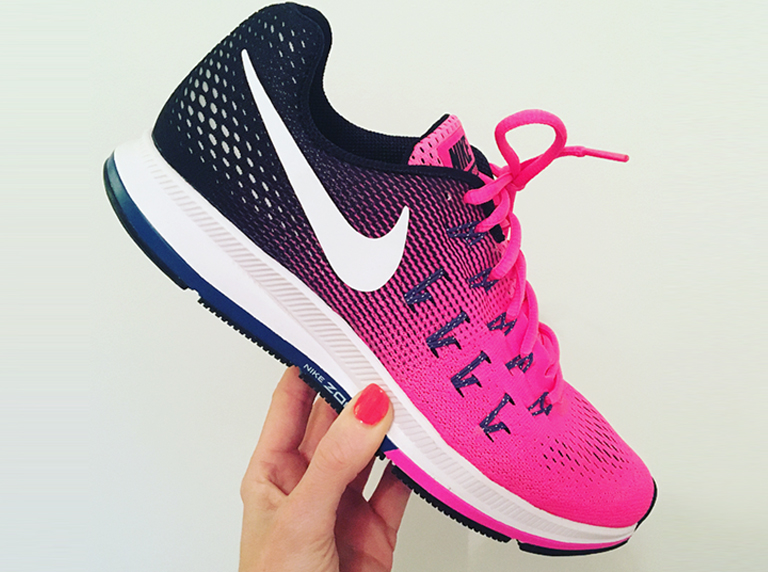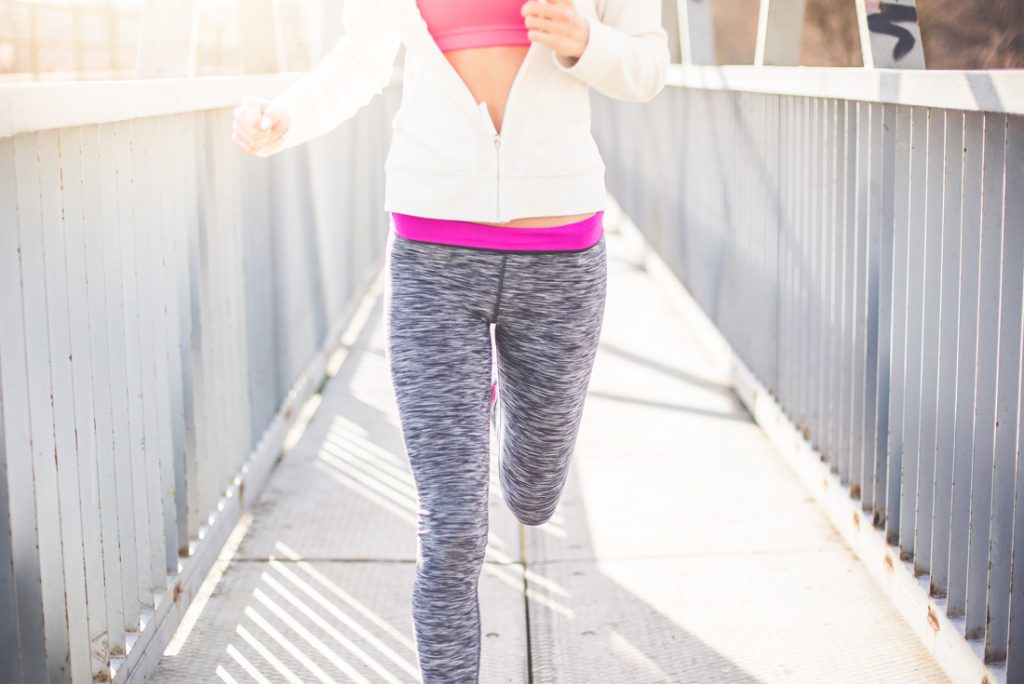I was chatting with a friend this week about buying new trainers. “You’re always buying new trainers!” she joked. Okay, fair point – but running shoes, much like car tyres, do have a lifespan. Depending on the brand and how often you run, they usually last between 300-500 miles. And if you’re training for a marathon, you can rack up those miles pretty fast.
So, how do you actually know when it’s time to replace your running shoes? In this post, we’ll cover the key signs your shoes are worn out, how long they should last, and a few tips to help you extend their lifespan.
Why Replacing Your Running Shoes Regularly Matters
Running shoes aren’t just a fashion statement – they’re your foot’s best friend. The cushioning and support in your shoes absorb impact, help prevent injuries, and keep you comfortable on every run. Over time, however, the materials break down, leaving your feet and joints more vulnerable. That’s why knowing when to replace your running shoes is crucial if you want to keep running strong.
How Long Do Running Shoes Last? Mileage Matters
On average, running shoes last between 300-500 miles. How quickly you reach that number depends on:
- Your running style: Heavier strides or overpronation can wear shoes down faster.
- Shoe brand and quality: Premium shoes usually last longer than budget options.
- Running terrain: Trails and rugged paths wear shoes out faster than treadmills or pavements.
If you’re training for a marathon, it’s easy to hit that mileage in just a few months, so keeping an eye on your shoes is key.
Clear Signs It’s Time to Replace Your Running Shoes
Not sure when your shoes have had their day? Look out for these signs:
- Worn Out Soles Check the bottom of your shoes. If the soles are uneven or worn down—especially around the heel or ball of your foot—it’s time to swap them. Worn-out soles reduce traction and increase the risk of slipping.
- Loss of Cushioning Running shoes are designed to absorb shock. If your shoes feel flat or less supportive than they used to, the midsole is likely compressed and losing its bounce.
- The Twist Test Give your shoe a gentle twist. A new pair should feel firm and resistant. If it twists too easily or feels floppy, the shoe has lost its structure.
- New Aches and Pains Experiencing knee, hip, or shin pain after runs? It could be your worn-out shoes forcing your body to absorb more impact.
- Visible Damage Holes, tears, or fraying? Time to upgrade. Obvious damage is a clear sign your shoes can’t give your feet the support they need.
Tips to Make Running Shoes Last Longer
Even though shoes eventually wear out, a few simple tricks can extend their life:
- Rotate Between Multiple Pairs A great tip for maximizing your shoes’ lifespan is to invest in multiple pairs and rotate between them. By alternating shoes, you give each pair time to recover and decompress between runs, which reduces wear and tear. Studies show that rotating shoes can extend the life of each pair, sometimes by as much as 50%.
- Wear Your Shoes for Their Intended Use If you’re an avid gym-goer or enjoy spinning classes, keep an older pair of running shoes on hand specifically for those activities. This way, you save your newest shoes for actual running and don’t wear them out faster on non-running activities.
- Clean and Care for Your Shoes Taking care of your shoes can also help them last longer. After a run, especially in wet or muddy conditions, remove any dirt and moisture. Let them air dry naturally (never use a dryer!) to avoid damaging the materials.

When Should You Plan to Buy New Running Shoes?
Notice any of the warning signs above? Then it’s probably time for a new pair. As a rule of thumb:
- High-mileage runners: Every 3-6 months, depending on weekly mileage.
- Casual runners: Once or twice a year might be enough.
Remember, shoes are an investment in your comfort, safety, and performance.
What to Do with Old Running Shoes?
Don’t just bin them! Many sports stores, like Runners Need, have recycling programs. Drop off your old shoes, and they’ll be repurposed or recycled—giving your runners a second life and reducing waste.


